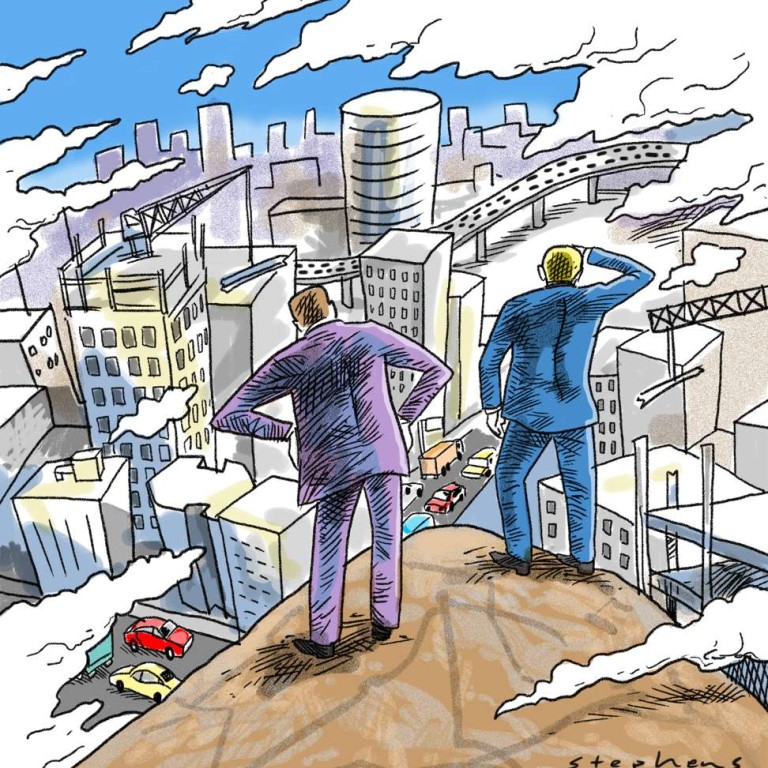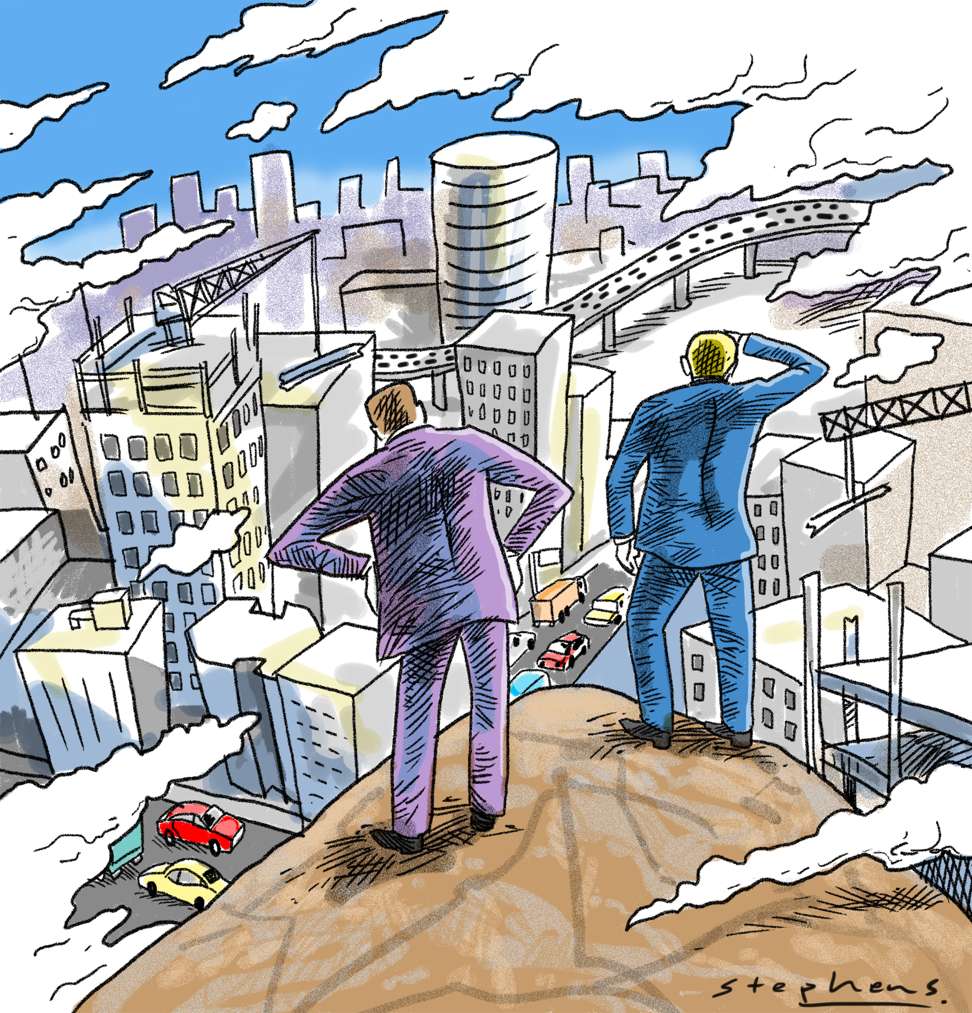
Beyond summits: what the evolution of China’s cities can tell us about the state of the economy
Curtis Chin says the feel-good boost generated by summits like the G20 in Hangzhou does not capture the real changes in the economy. More can be learned by tracking cities’ development after the meetings have moved on

How long ago and far away that seems as a new US president has moved quickly to dismantle Obama’s initiatives and executive orders, to transform his own campaign promises into reality.
What happens to a Chinese backwater when it becomes the centre of Xi Jinping’s futuristic dream city?

Like many other Chinese cities, Hangzhou’s growth was fuelled early on in part by manufacturing, development and construction. These are also key drivers of China’s continuing pollution challenge. The consequences of that growth were at least temporarily addressed in the lead-up to the G20 summit.
Many Chinese cities are slowly sinking – and intensive urbanisation means it will only get worse
Key inputs in the economics ranking included job and wage growth, foreign direct investment growth, and a measure of high value-added industry employment, among others.

Manufacturing automation to drive China’s robotics spending to US$59b by 2020
As China’s leaders work to shift the nation’s economy from a focus on labour-intensive, low-cost manufacturing goods towards innovation-based products and high-quality, hi-tech manufacturing and services-driven growth, Hangzhou may well serve as a test case of what can and cannot be achieved long after artificial G20 summit-driven investments and changes fade from view.
Internally, China is increasing funding for technology-intensive industries, including aviation, robotics and biomedical technology. The government also continues to shift low-cost manufacturing inland and redevelop coastal cities as hubs for more innovation-based industries.
Regional growth clusters are envisioned, including a “Jing-Jin-Ji” (京津冀) megalopolis region, which would integrate Beijing, Tianjin ( 天津 ) and the Hebei ( 河北 ) area into one super region, and a Yangtze River economic belt that would encompass the giant metropolitan areas of Shanghai, Chongqing (重慶) and Chengdu (成都).

More important in our increasingly urbanised world will be to learn from what is happening on the ground in cities
The impact on the economic performance of China’s cities and economic regions – and on everyday Chinese citizens’ lives – of such ambitious internal and external initiatives is unclear. Future results will provide further input on how government and city leaders can best transform and leverage cities for economic growth. This may well include the need for implementation of policies that increase access to capital and knowledge, and free up the power of the private sector, as with Alibaba in Hangzhou, to drive future growth.
This July, the world’s attention will move on to Hamburg as Germany serves as host of the 12th meeting of the leaders of the Group of 20. There, as in Hangzhou last year, there will be much discussion and talk. What will then follow is the reality check of whether actions result and whether beneficial policies are implemented and enforced.
Much attention is understandably given to multilateral meetings and bilateral summits, as in the Xi-Trump summit at Mar-a-Lago.
Even more important in our increasingly urbanised world will be to continue to look at and learn from what is happening on the ground in cities and surrounding areas even after the summiteers have left.
Curtis S. Chin is a former US ambassador to the Asian Development Bank, and managing director of advisory firm RiverPeak Group, LLC. Follow him on Twitter at @CurtisSChin

